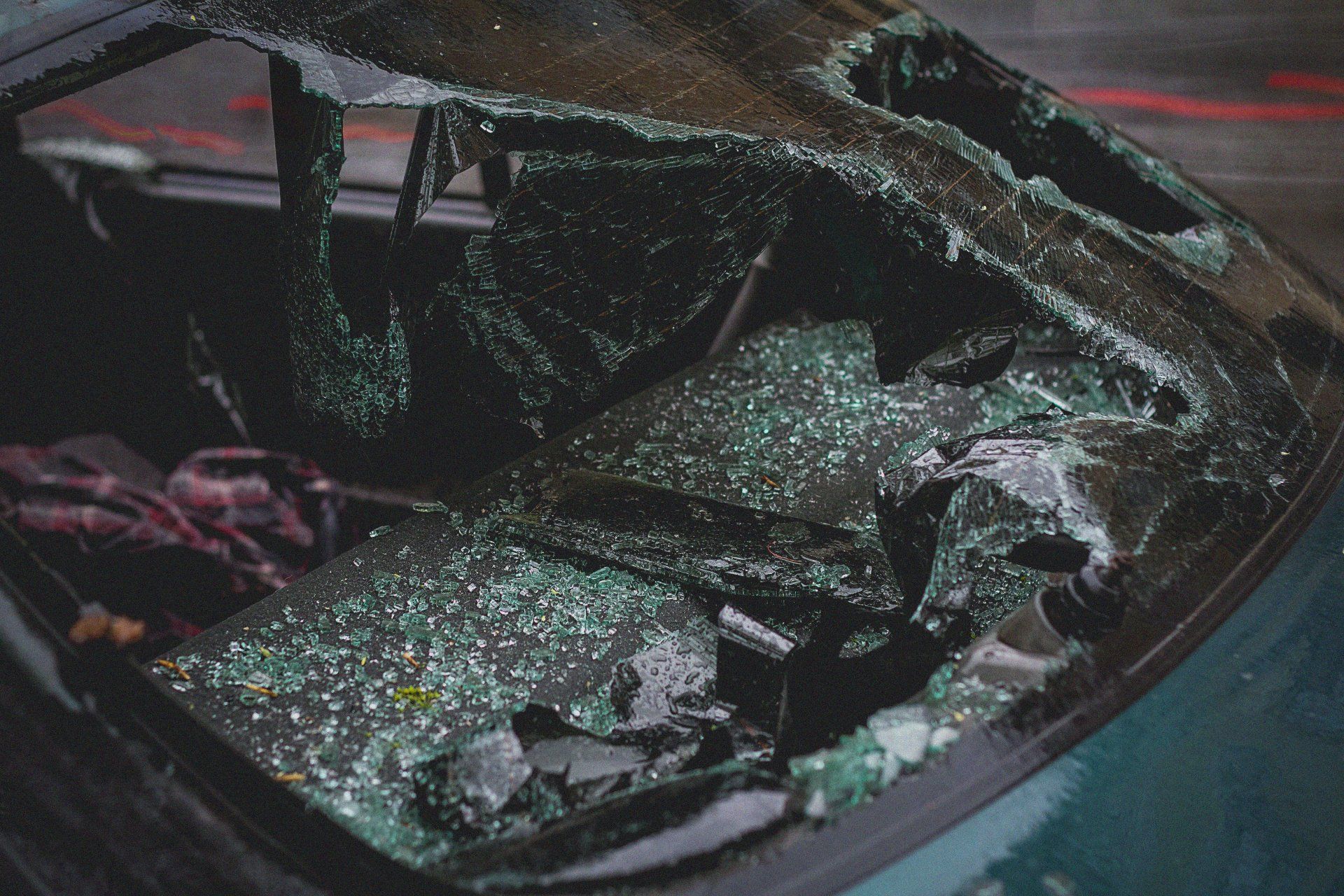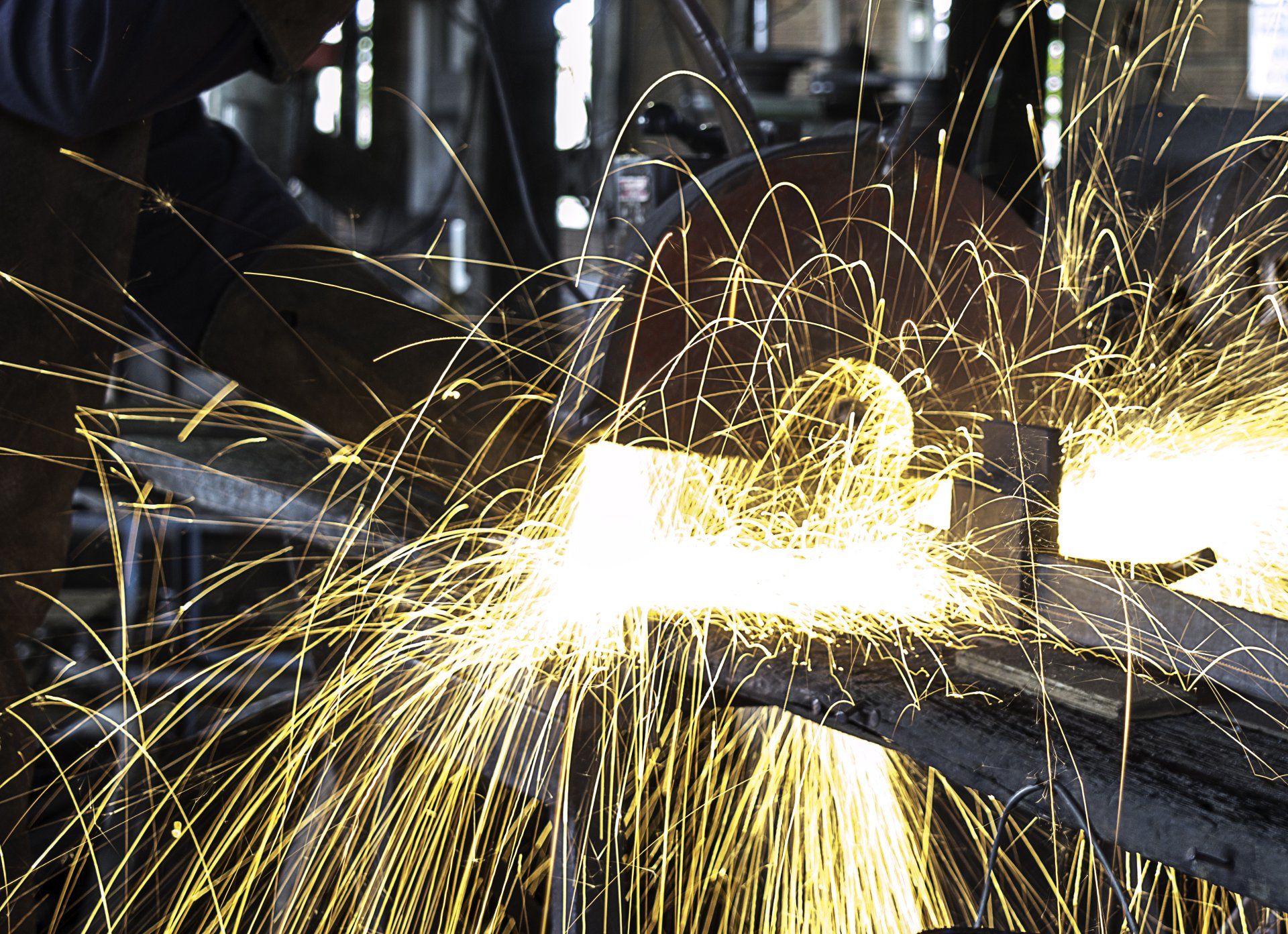New Mother Killed in Train-Car Collision, Driver Faces Charges
A woman was killed in a train collision with a vehicle just a week after giving birth. The new mother died on November 25 after the vehicle she was in was driven onto the train tracks by her partner. The driver is now facing charges relating to her partner’s death.
Details of the Incident
The collision which led to the new mother’s death occurred near the intersection of Sheldon Road and Beaumont Highway. The deceased was traveling in a BMW SUV driven by her partner at the time of the collision.
The BMW had just passed by two vehicles at the intersection when it attempted to drive around the railroad arms blocking the tracks. An Amtrak train collided with the BMW, and the deceased was ejected from the vehicle. She died at the scene.
Her partner was transported to the hospital and was charged with manslaughter. However, the family of the deceased is now defending her partner and argues that there may have been other circumstances at play.
At the time of the train accident, the new mother and her partner were on their way home from a hospital visit for their baby who was born prematurely. The deceased was reportedly suffering from stomach pains at the time of the accident which her family argues could have played a role in her partner’s behavior. They also theorized that the vehicle could have gotten stuck on the tracks.
An investigation into this event is still underway by authorities.
Train Accident Fatalities in Texas and the U.S.
According to the Texas Department of Transportation, failing to stop for a train resulted in 73 car crashes in 2019, with 4 of those crashes leading to fatalities. In fact, according to Operation Lifesaver, Texas ranked highest in the country regarding overall train accidents in 2019.
In the state, there were 251 collisions, 123 injuries, and 31 deaths relating to train accidents. New York came in second with significantly fewer collisions, 172, and roughly half as many injuries as Texas. However, Texas train accidents tended to be less deadly than other states, resulting in fewer deaths relative to the number of collisions.
On the national level, according to data gathered by the Bureau of Transportation Statistics , roughly 1,800 train accidents happen every year with numbers generally trending downward over time. It’s worth noting that other agencies report a yearly average of closer to 2,100, meaning that these accident numbers could be even higher.
Of those accidents, the vast majority involve derailments, accounting for nearly 70% of train accidents in 2019. The next most common distinct category is collisions which accounted for just 6% of all train accidents in 2019. That same year actually saw a 4-year high in train accident collisions despite there being fewer accidents overall than the year before it.
What You Need to Know About Suing for Railroad Injuries
While the train accident above may have occurred based on the decisions made by the driver–which isn’t for certain until the investigation is complete–there are many different sorts of train accidents that could make victims eligible for compensation through litigation. These incidents can broadly be separated into two groups:
-
- Accidents that occur due to someone’s actions , including injuries caused by defective products like rail ties.
- Accidents that occur due to someone’s inaction or negligence, including injuries caused by improper training of railroad employees.
In either case, you will need to prove that someone’s action or inaction led to your injuries. That “someone” could mean many different parties, including:
-
- The train operator
- The railroad company
- Agencies in charge of railroad maintenance
- Train manufacturers
Seeking a police report and witness statements can help you connect your injuries to the party that caused them. If you are able to bring a successful case against a party that caused your railroad injuries, you could be eligible for compensation for three primary types of damages:
-
- Economic losses like lost wages, medical bills, property damage, and funeral expenses
- Non-economic losses like pain, suffering, lost relationships, and disfigurement
- Punitive damages as punishment for the defendant’s reckless behavior
If you’ve been involved in a car or train accident in Texas, contact the Houston train accident attorneys of Lapeze & Johns to learn if you might be eligible for compensation.



